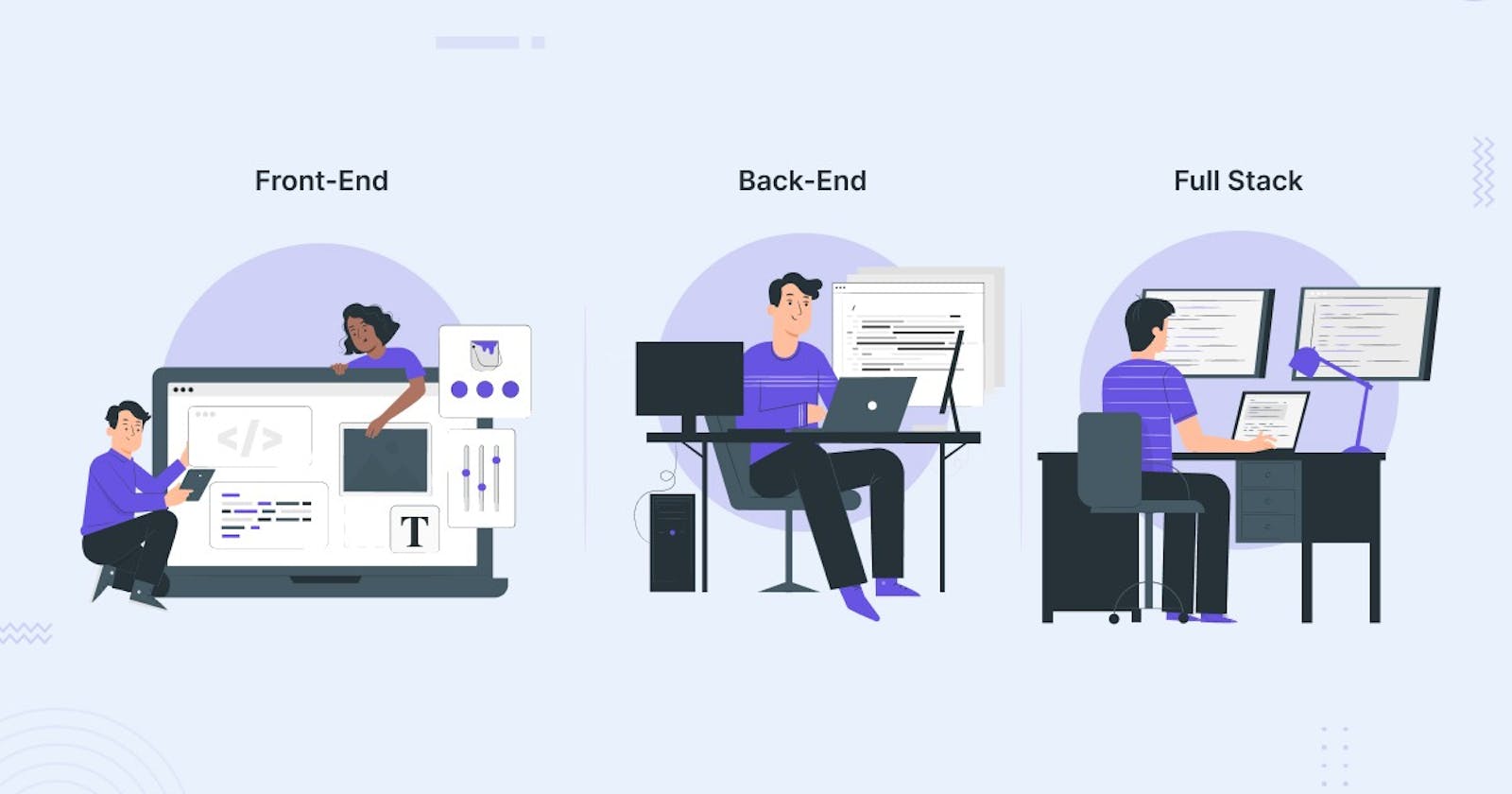Table of contents
Front-end vs Back-end: Understanding the Differences
When it comes to web development, there are two main areas of focus: front-end and back-end. While both are essential to creating a functional website, they involve different skills and tasks. In this blog post, we'll take a closer look at the differences between front-end and back-end development.
Front-end development, also known as client-side development, is responsible for the appearance and user interface of a website. This includes things like the layout, design, and overall user experience. Front-end developers use languages such as HTML, CSS, and JavaScript to create visually appealing and responsive websites. They also ensure that the website is compatible with different web browsers and devices.
Back-end development, on the other hand, is responsible for the functionality and logic behind a website. This includes things like data storage, server-side processing, and server-side APIs. Back-end developers use languages such as Python, Ruby, and PHP to create the logic and functionality that drives a website. They also ensure that the website is secure and can handle large amounts of data and traffic.
While front-end and back-end development are distinct areas of web development, they do overlap in some areas. For example, front-end developers may use JavaScript to create dynamic elements on a website, while back-end developers may use JavaScript to create server-side logic.
In summary, front-end development is focused on the user-facing aspects of a website, while back-end development is focused on the functionality and logic that drives a website. Both are important in creating a functional and visually appealing website.
It's worth noting that, while in most cases, front-end developers focus on the three main languages HTML, CSS, and JavaScript, there are frameworks and libraries such as React, Angular, VueJS that are also used in front-end development, these frameworks and libraries makes the process of building web applications faster and more efficient. And on the back-end side, there are also frameworks such as ExpressJS, Ruby on Rails, and Laravel that are used to build web applications, these frameworks are built on top of the languages mentioned earlier and are designed to make the development process simpler, faster and more efficient.
In conclusion, front-end and back-end development are two sides of the same coin, and both are essential to creating a functional and visually appealing website. Understanding the differences between front-end and back-end development can help you decide which area of web development you want to specialize in and improve your skills accordingly.
